Vogelsang used to be more than just a Soviet military base. This place used to be a city filled with secrets and soldiers, but today, it lies empty in Brandenburg while it rots away in the middle of a forest.
This is where a friend and I decided to spend a cold October morning in 2016. We decided to use some remaining days off to explore some abandoned places around Berlin. First, we went hunting for Lenin Statues in Fürstenberg. Then we took our cameras to Vogelsang after reading an article on Abandoned Berlin.
Arriving there early in the morning wasn’t a problem. We met in Südkreuz and carried our bikes to the district known as Zehdenick. You can take the regional train RB12 there and stop at the Vogelsang Bahnhof. You will be close enough to this former Soviet military base.
From the train station, we cycled through a Christmas tree forest, and after a hundred meters or so, we found the abandoned road that leads to the Vogelsang Kaserne.

But, before we talk a bit about what we saw there, we have to say something about the history of this place.






A short history lesson about the Soviet military base known as Vogelsang
Before the Second World War, Vogelsang was known for its people who worked and lived off of the forest. If we felt like the forest around the military was thick when we visited it in 2016, we can only imagine how gorgeous this would be in the past.
The area changed after the Second World War when it became strategically important to the Soviet Forces in Occupied Germany. Construction of the barracks and the military base started in 1952, and after it was done, it housed up to 15.000 people. It was considered to be the third-largest Soviet base in East Germany. Only the complex in Wünsdorf was more significant.
This was a self-contained city for the military and their families and was entirely off-limits for non-essential personnel. It was so massive that it included a theatre, a school and gym, shops and medical facilities. Some of these places can still be visited today, but we know they don’t look like they used to anymore.
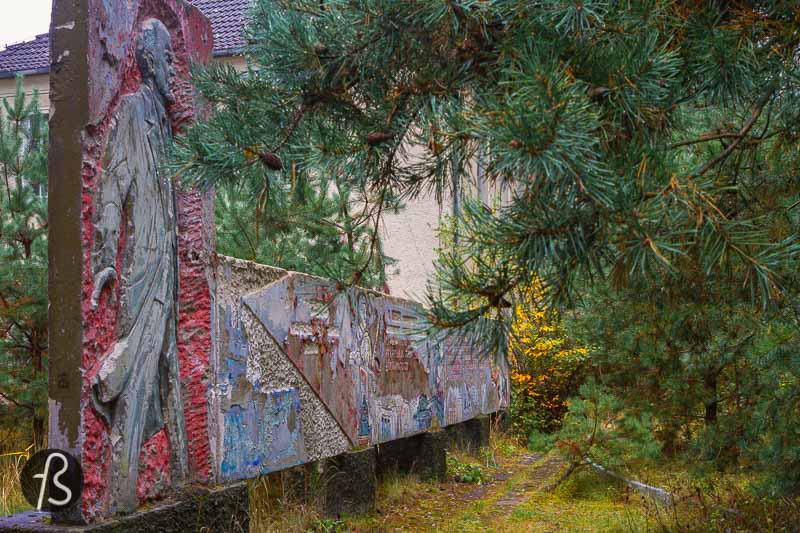
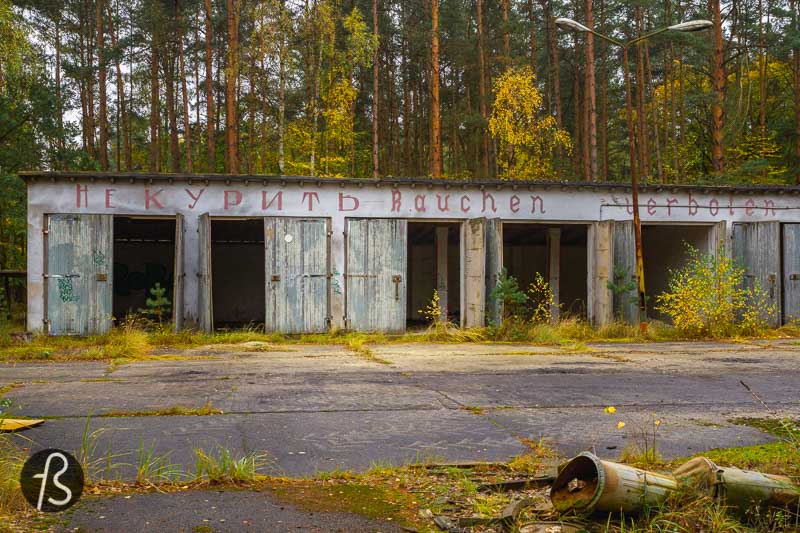
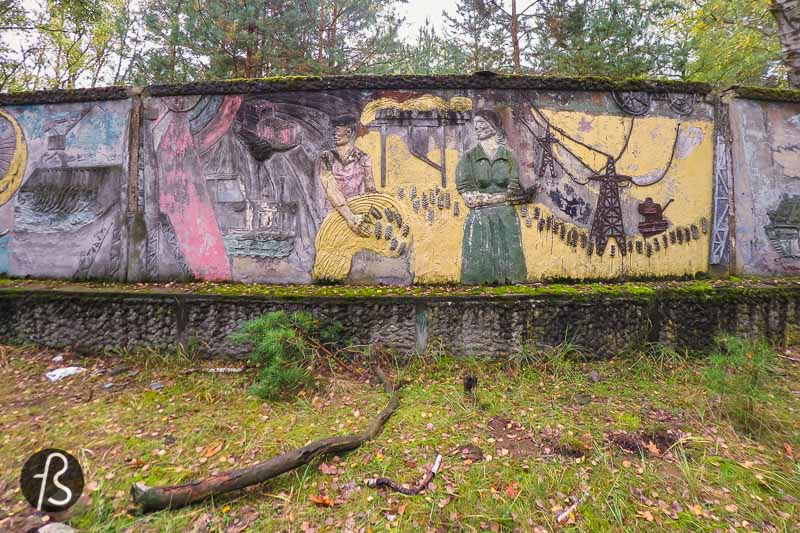
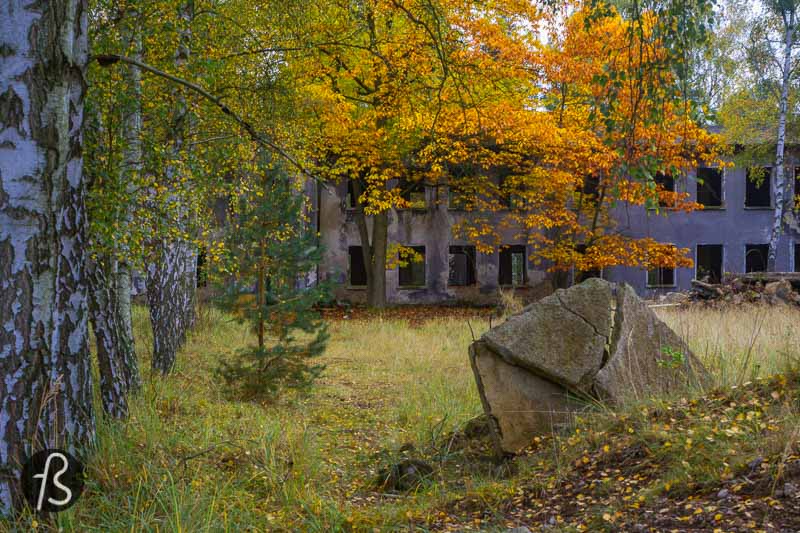
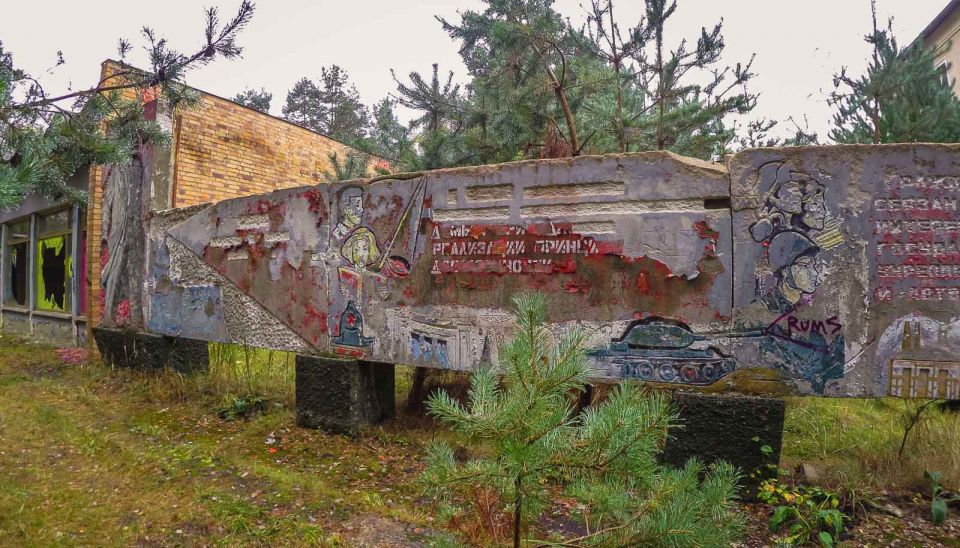

Historically speaking, one of the most essential things in Vogelsang was that in 1959, the military base was equipped with up to twelve R-5 Pobeda nuclear missiles. This was before the Cuban Missile Crisis of 1962, and the rockets here were aimed at military forces in France and Great Britain, among other places.
According to some Soviet documents, the nuclear missiles were removed from Vogelsang in 1959. Still, other records say that they were not moved until much later. Since the military base was hidden from outsiders and covered by forest, it was hard for Western Forces to discover what was happening there. But today, all of this is over.
With the withdrawal of the Soviet and Russian forces in 1994, parts of the military city were demolished. The rest now can be found rotting in the middle of the forest, as you can see in the pictures we took there.
Large parts of the abandoned military base are gradually demolished, and we saw some of it being done in the distance while we walked between buildings. The site is being brought back to nature, and it’s great to see it being done since this is a famous place for its forest; we are glad that it will grow back to what it used to be.







As we said in the beginning, we arrived at Vogelsang by train. After a few minutes by bike, we managed to find our way inside the abandoned military complex. We left our bikes hidden in the forest, took our cameras, and started looking for some gorgeous murals we saw in the article that Abandoned Berlin had about this place.
It was easy to spot some of them. There was a Lenin mural outside of what we believe used to be a restaurant or cafe. Not far from it, there are more murals with some military references and a soldier that watches over from one of the buildings. Inside the many buildings, you can still find some traces of the Soviet forces that were stationed there.
But the most fantastic mural that we found came to us by accident. We knew that there were some Soviet paintings in place underground, in a flooded hallway, but we were not sure where they were located. We got lucky when we entered one of the many similar buildings and saw a few massive tires blocking a flight of stairs. We took our flashlights and decided to investigate.
And, there it was, a Soviet flag and some soldiers painted into the wall of a flooded hallway in complete darkness. We didn’t manage to take a good picture of it due to the dark, the weird angle we were in, and the weirdness of everything, but we found it.
Either way, Vogelsang is an exciting place for those who, like us, like to explore abandoned places. We saw many unusual things there and hope they are there when you visit it. If you do, don’t destroy anything; don’t take something with you and leave it as it was. Just take pictures and enjoy the fact that you are walking inside a former military base of a country that doesn’t exist anymore. This is a piece of history and should be seen as such.








How to arrive at Vogelsang
If you want to explore Vogelsang, you should do like we did and leave from Südkreuz on a regional train. We took the RB12 there and stopped at the Vogelsang Bahnhof.
You can cycle to the military complex or walk there from there. Look at the map below and take your chances.
Vogelsang: Exploring an Abandoned Soviet Military Base north of Berlin
53.0336°N 13.3908°E
16792 Zehdenick
Germany